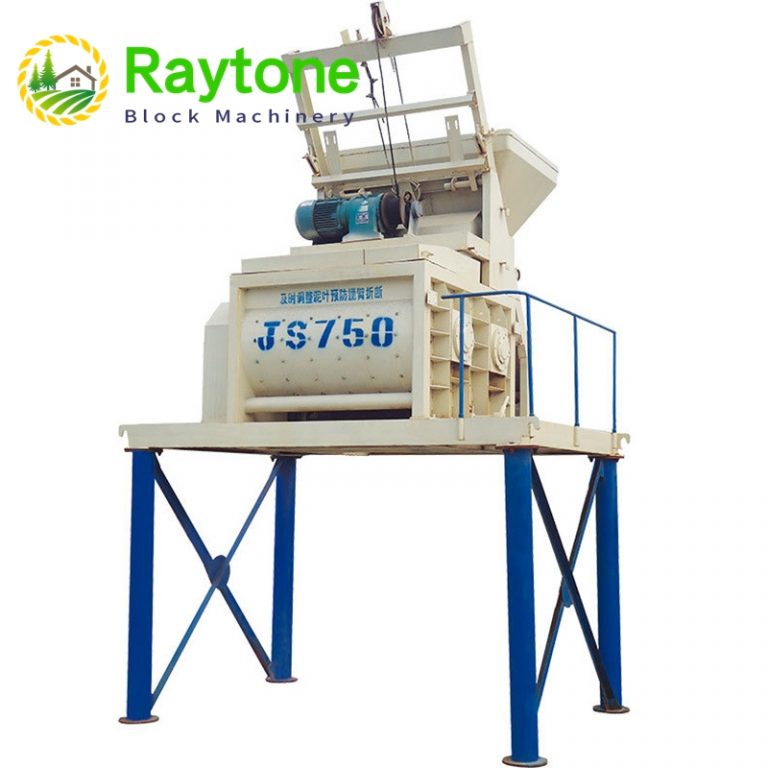- 20
- 12月
centroid head and block machine
centroid head and block machine is a versatile and efficient machine designed to produce high-quality concrete blocks. It is a must-have machine for construction and building companies as it can streamline the block production process and reduce labor costs.
At our manufacturing company, we take great pride in producing state-of-the-art block machines that are of the highest quality and durability. Our machines are made with the latest technology and assembled by a team of highly skilled technicians.
RAYTONE Block Machine has a modular and customizable structure, allowing for easy upgrades and modifications to meet specific production needs. It is also designed with safety features to protect operators from potential hazards.
Key Parameters:
1. Production Capacity: Up to 8591 blocks per hour
2. Power Supply: 380V/63Hz
3. Main Motor Power: 22kW
4. Block Size Range: 200mm x 100mm x 80mm to 400mm x 200mm x 200mm
6. Weight: $keyworrd23}kg
7. Required Labor: 1 person
8. Control System: Fully automated with PLC control
9. Safety Features: Emergency stop button, safety guards, and alarms
This machine is equipped with a strong and durable hydraulic system, allowing it to produce up to 8 blocks per mold cycle. Its molding cycle time is also quite short, ranging from 15-20 seconds, ensuring high productivity rates. In terms of size, it has a dimension of 3500x2100x2300mm and a weight of 4000kg.
The QT4-15 Automatic centroid head and block machine also has a customizable mold that can produce various block shapes and sizes, ranging from standard concrete blocks to interlocking paving blocks. Additionally, its PLC control system allows for easy operation and precise control over the production process.
Other notable features of this centroid head and block machine include a material feeding system, a vibration system to ensure strong and compact blocks, and a stacker system for automatic stacking of blocks.
In terms of power supply, this machine requires a 380v/50Hz three-phase power source and has a total power consumption of 21.5kW.
Choose our centroid head and block machine for efficient, reliable, and cost-effective concrete block production. Contact us now for more information and a personalized quote.
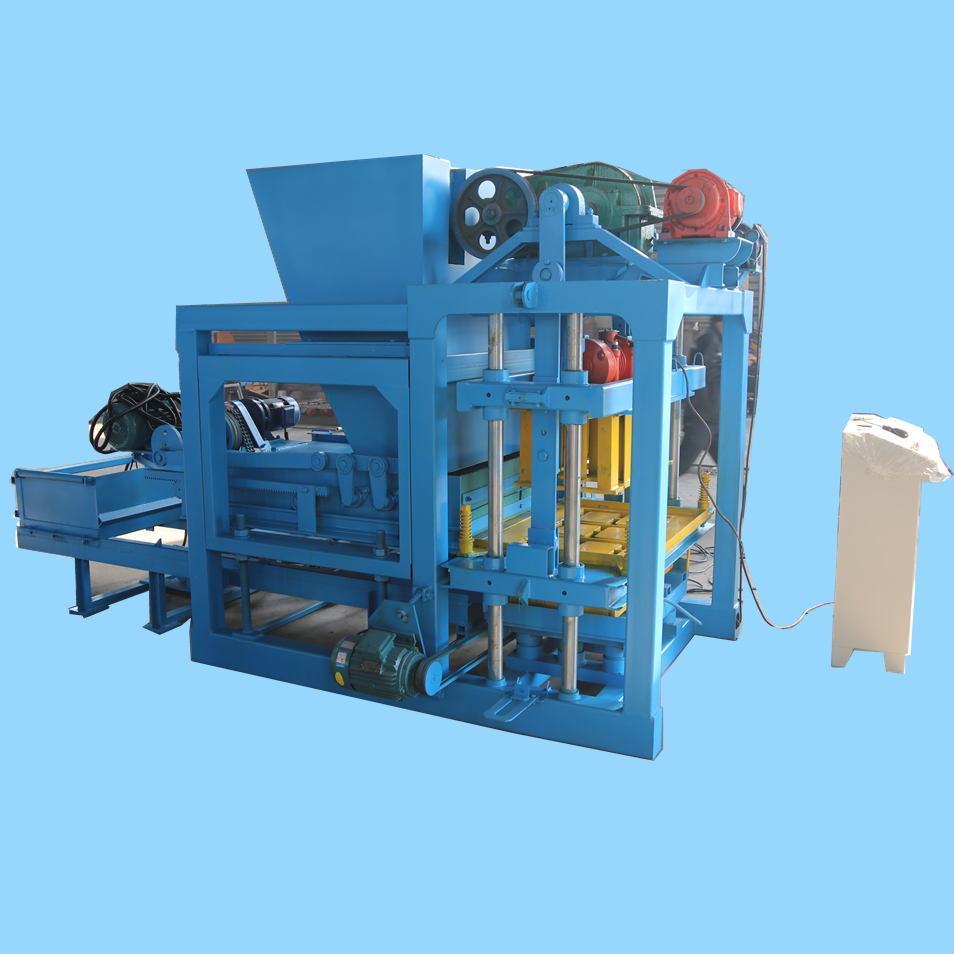
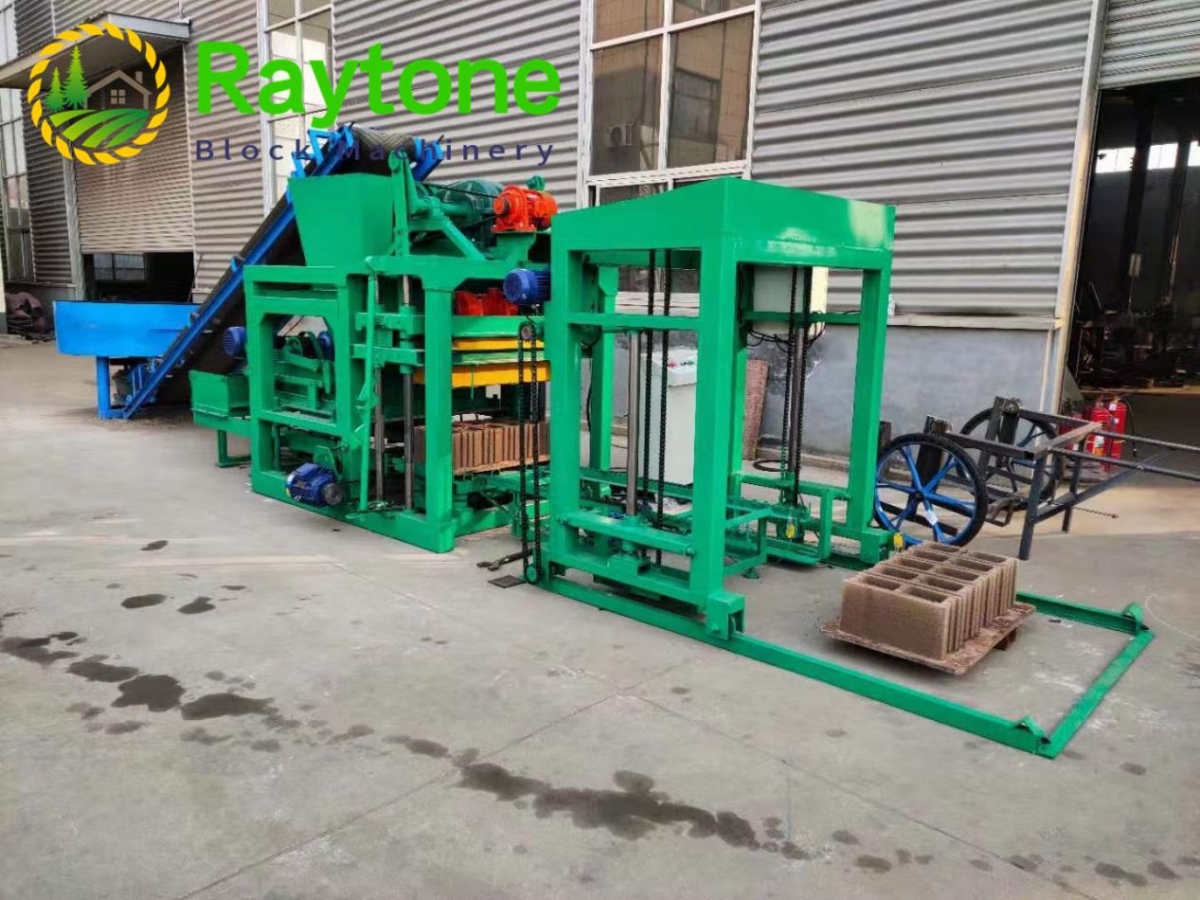
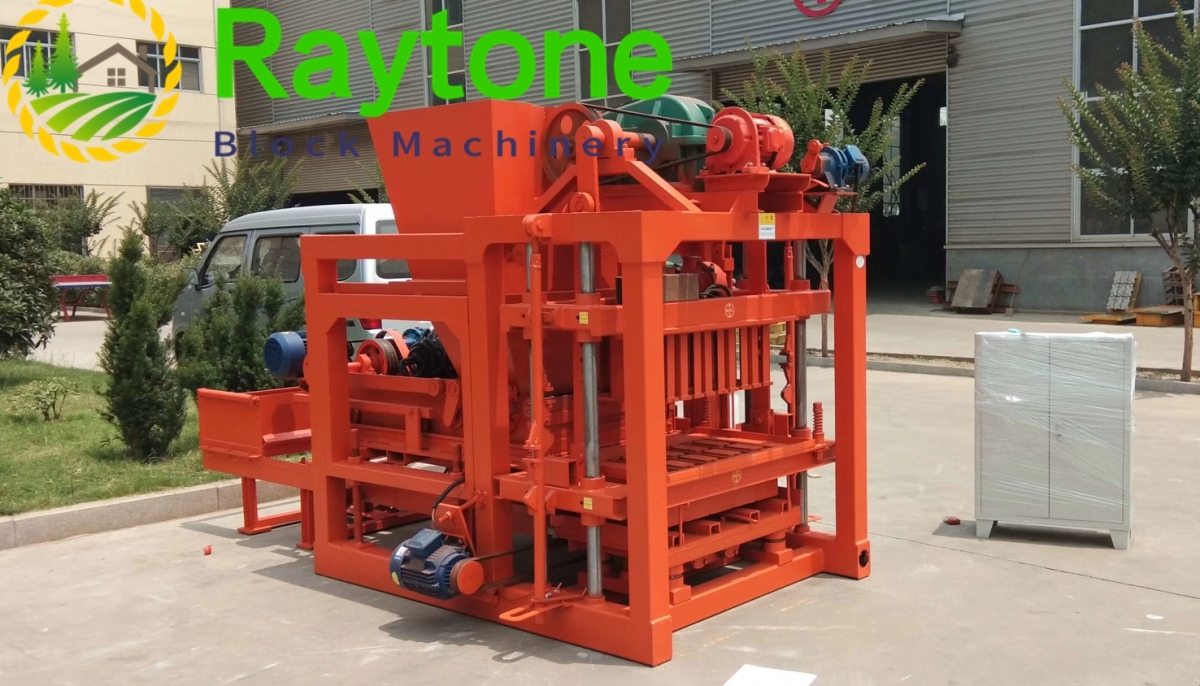
| Size (mm) | Qty/mould | mould cycle (s) | capacity per hour | daily capacity |
| hollow 400*200*200 | 6 | 20-25 s | 850-1100 | 7499-8800 |
| hollow 400*150*200 | 7 | 20-25 s | 1000-1300 | 7452-10400 |
| hollow 400*100*200 | 18 | 20-25 s | 1200-1400 | 7936-11200 |
The Time-Saving Features of Modern Block Machines
centroid head and block machine FAQs Guide.
The Block machine is an innovative and advanced piece of equipment that is designed to streamline the process of creating high-quality concrete blocks. With its state-of-the-art technology and precise engineering, our Block machine offers superior performance and efficiency for any construction project. It is a versatile and reliable tool that can produce a wide range of block sizes and shapes, making it perfect for various applications, including residential and commercial buildings, road and sidewalk construction, and more. Combined with its durability and ease of use, our Block machine is the ideal solution for your block-making needs. Join the countless satisfied customers who have experienced the benefits of our Block machine and take your construction projects to the next level.
2.How long does it take to produce a block with a centroid head and block machine?
3.Does a centroid head and block machine have a warranty period?
4.Can a centroid head and block machine be operated manually or automatically?
5.Are there safety precautions that need to be taken while operating a centroid head and block machine?
6.What materials are commonly used in a centroid head and block machine?
7.About the scale of centroid head and block machine factory
8.What is the level of precision and accuracy in the production of blocks with a centroid head and block machine?
9.How is the quality of blocks produced by a centroid head and block machine ensured?
10.About centroid head and block machine inventory
11.Is a centroid head and block machine easy to operate?
12.Are there any design limitations when using a centroid head and block machine?
13.How does the cost of a centroid head and block machine compare to traditional building materials?
14.What types of blocks can a centroid head and block machine produce?
15.Are there any environmental concerns related to the production of blocks with a centroid head and block machine?
16.How does a centroid head and block machine handle different types of soils?
1.Is there a specific curing process for blocks produced by a centroid head and block machine?
Yes, there is a specific curing process for blocks produced by a block machine. The curing process typically involves keeping the blocks in a moist environment for a period of time, usually between 7 and 28 days. This allows the blocks to dry slowly and evenly, which helps to ensure that they are strong and durable.
2.How long does it take to produce a block with a centroid head and block machine?
Our mission is to provide customers with the best solutions for centroid head and block machine.
The time it takes to produce a block with a block machine depends on the size and type of block being produced. Generally, it takes between 10 and 30 seconds to produce a single block.
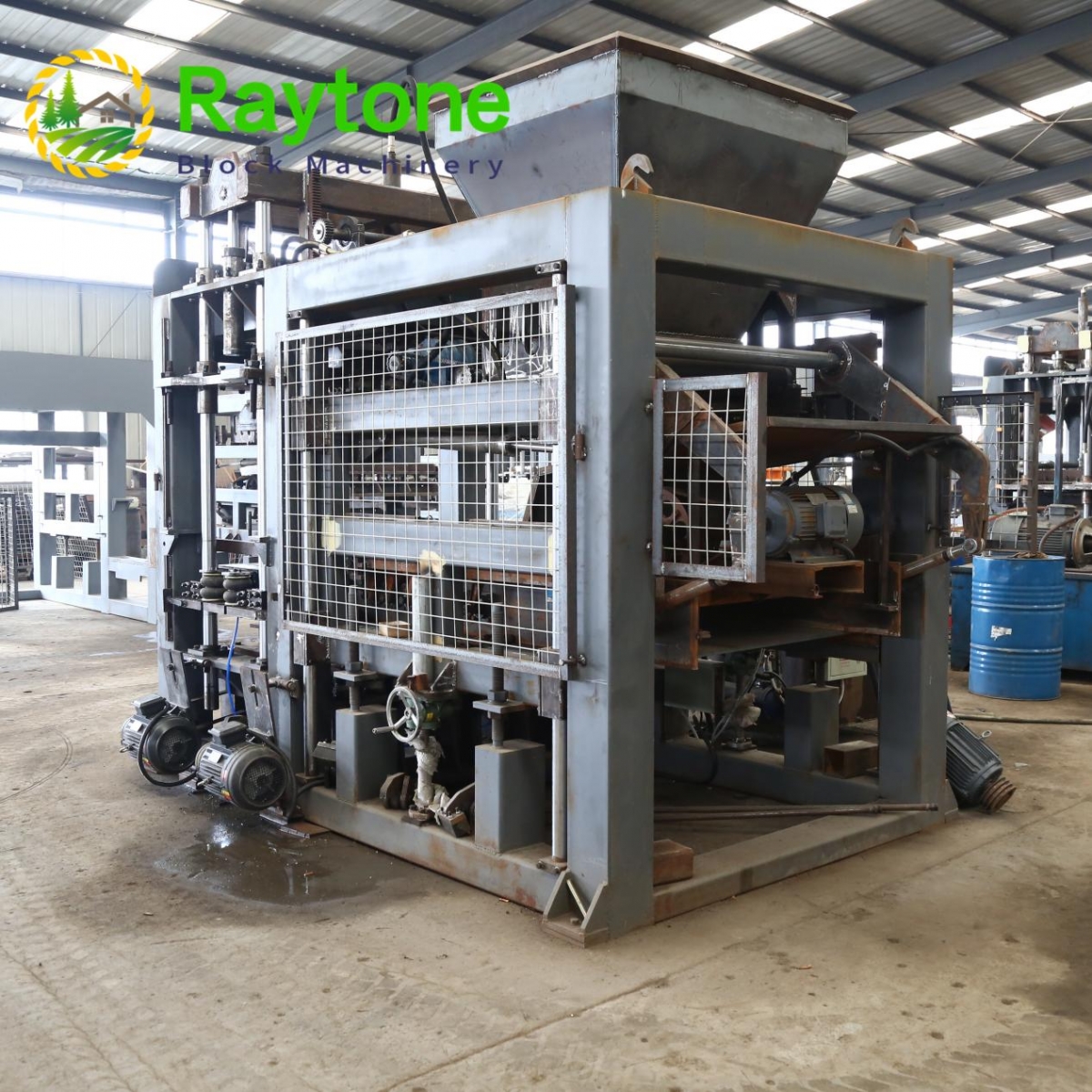
3.Does a centroid head and block machine have a warranty period?
Yes, most block machines come with a warranty period. The length of the warranty period varies depending on the manufacturer and model of the machine.
4.Can a centroid head and block machine be operated manually or automatically?
As one of the centroid head and block machine market leaders, we are known for innovation and reliability.
Yes, a block machine can be operated manually or automatically. Manual operation requires an operator to manually feed the material into the machine and manually remove the finished product. Automatic operation requires the machine to be programmed to automatically feed the material and remove the finished product.
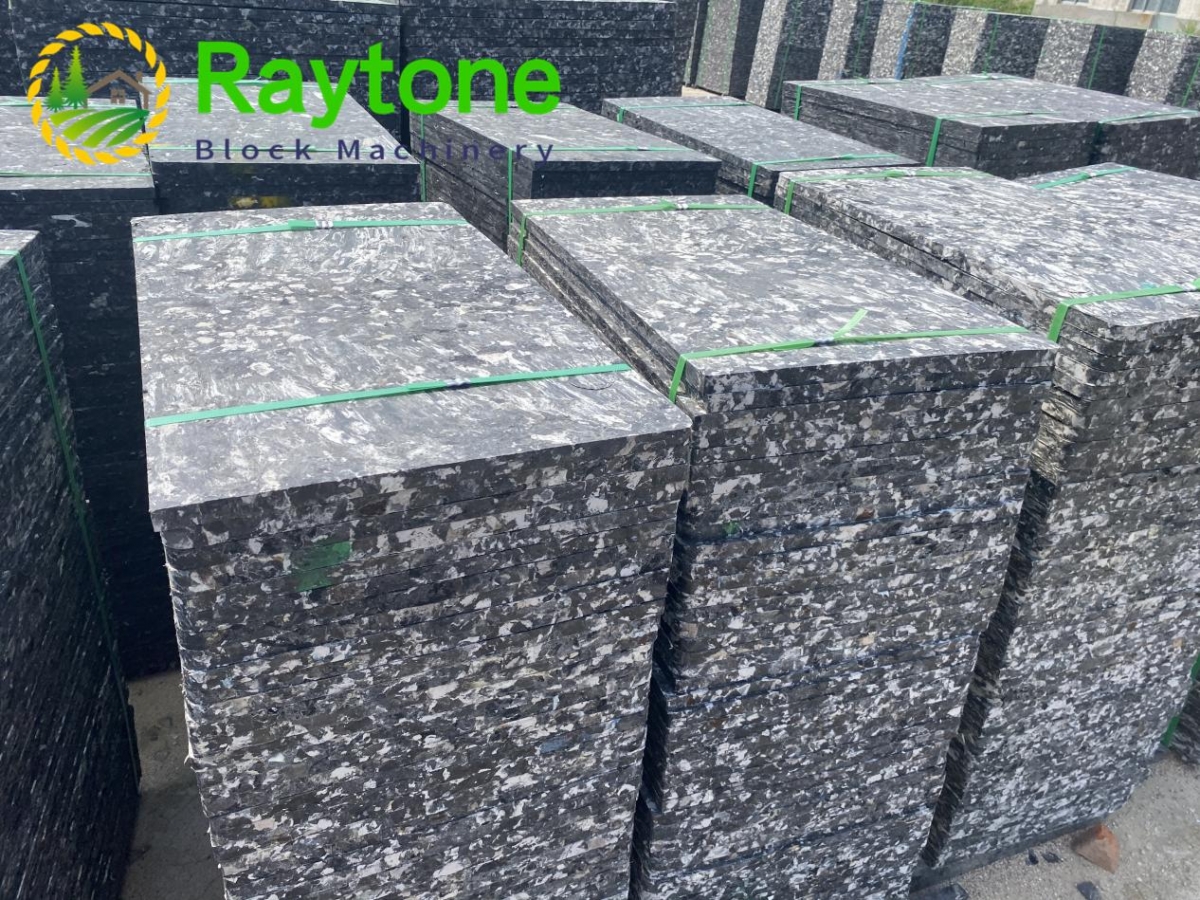
5.Are there safety precautions that need to be taken while operating a centroid head and block machine?
As one of the top centroid head and block machine manufacturers in China, we take this very seriously.
Yes, there are several safety precautions that should be taken when operating a block machine. These include:
1. Wear appropriate safety gear, such as safety glasses, gloves, and a hard hat.
2. Make sure the machine is properly grounded and that all electrical connections are secure.
3. Ensure that the machine is properly lubricated and that all moving parts are in good working order.
4. Keep the work area clean and free of debris.
5. Make sure that all guards and safety devices are in place and functioning properly.
6. Make sure that all operators are properly trained and familiar with the machine’s operation.
7. Make sure that all operators are aware of the potential hazards associated with the machine and take the necessary precautions to avoid them.
8. Make sure that all operators are aware of the emergency stop button and know how to use it in case of an emergency.
6.What materials are commonly used in a centroid head and block machine?
Our mission is to provide customers with the best solutions for centroid head and block machine.
Common materials used in block machines include concrete, sand, gravel, cement, and water. Depending on the type of block being made, other materials such as steel, plastic, and wood may also be used.
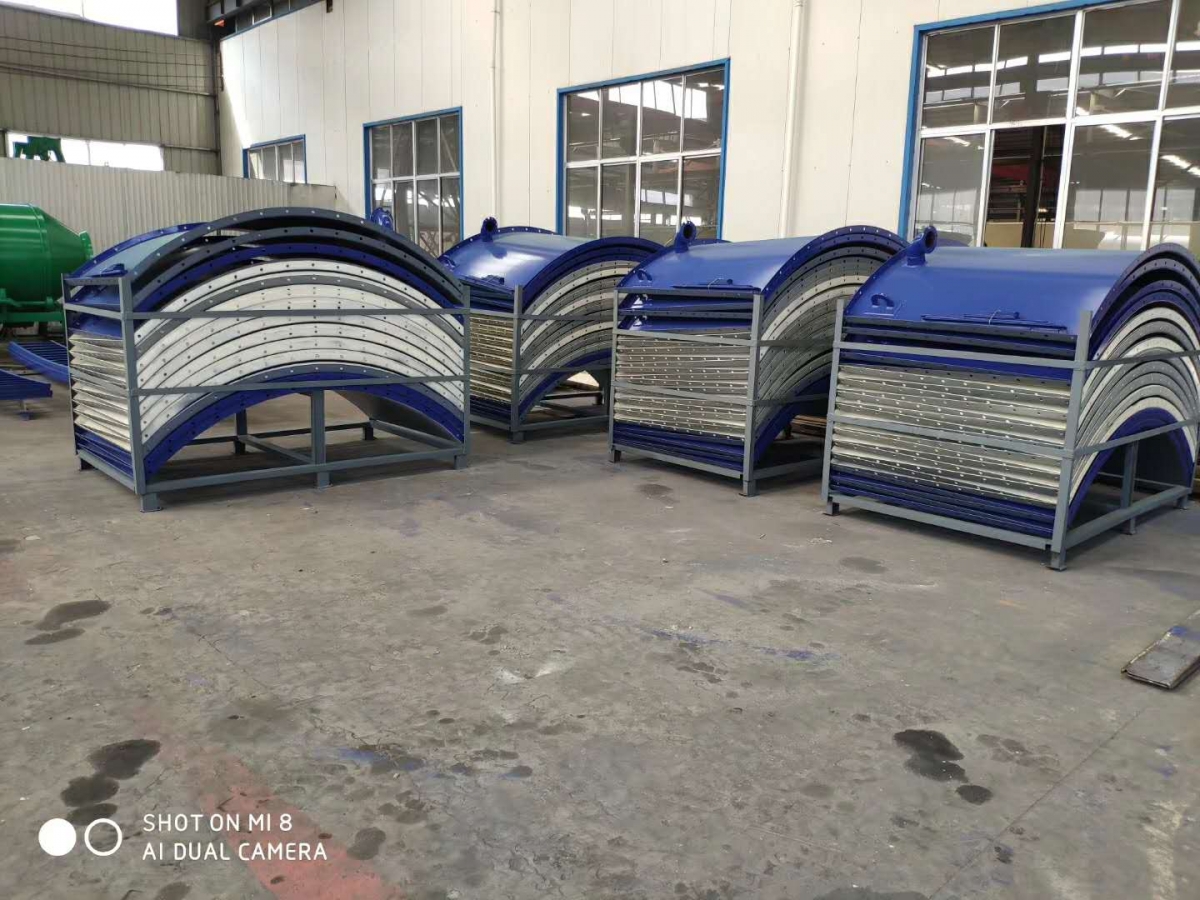
7.About the scale of centroid head and block machine factory
The scale of a block machine factory can vary greatly depending on the type of block machine being produced. Some factories may only produce a few machines, while others may produce hundreds or even thousands of machines. The size of the factory will also depend on the size of the blocks being produced, as well as the number of machines needed to produce them.
8.What is the level of precision and accuracy in the production of blocks with a centroid head and block machine?
The level of precision and accuracy in the production of blocks with a Block machine depends on the type of machine and the quality of the components used. Generally, modern block machines are capable of producing blocks with a high degree of accuracy and precision. The accuracy of the blocks produced can be further improved by using higher quality components and calibrating the machine regularly.
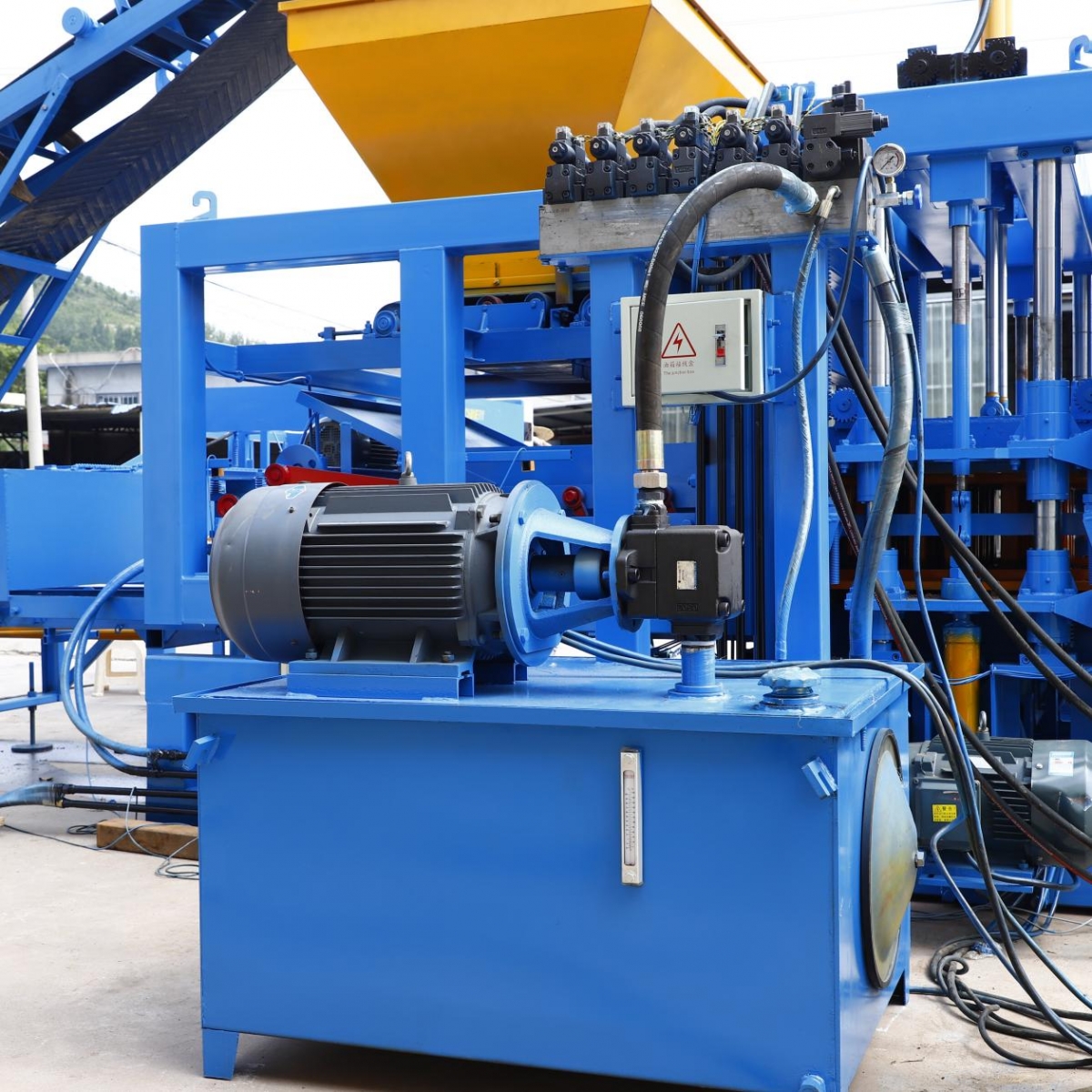
9.How is the quality of blocks produced by a centroid head and block machine ensured?
The quality of blocks produced by a block machine is ensured by using high-quality raw materials, controlling the temperature and pressure of the machine, and using quality control measures such as testing the blocks for strength and durability. Additionally, the machine should be regularly serviced and maintained to ensure that it is operating correctly and producing blocks of the highest quality.
10.About centroid head and block machine inventory
Block machine inventory is a software system designed to help businesses manage their inventory of block machines. The system allows businesses to track the quantity of block machines in stock, the cost of each machine, and the location of each machine. The system also provides reports on the current inventory levels, the cost of each machine, and the location of each machine. Additionally, the system can be used to generate purchase orders and invoices for block machines.
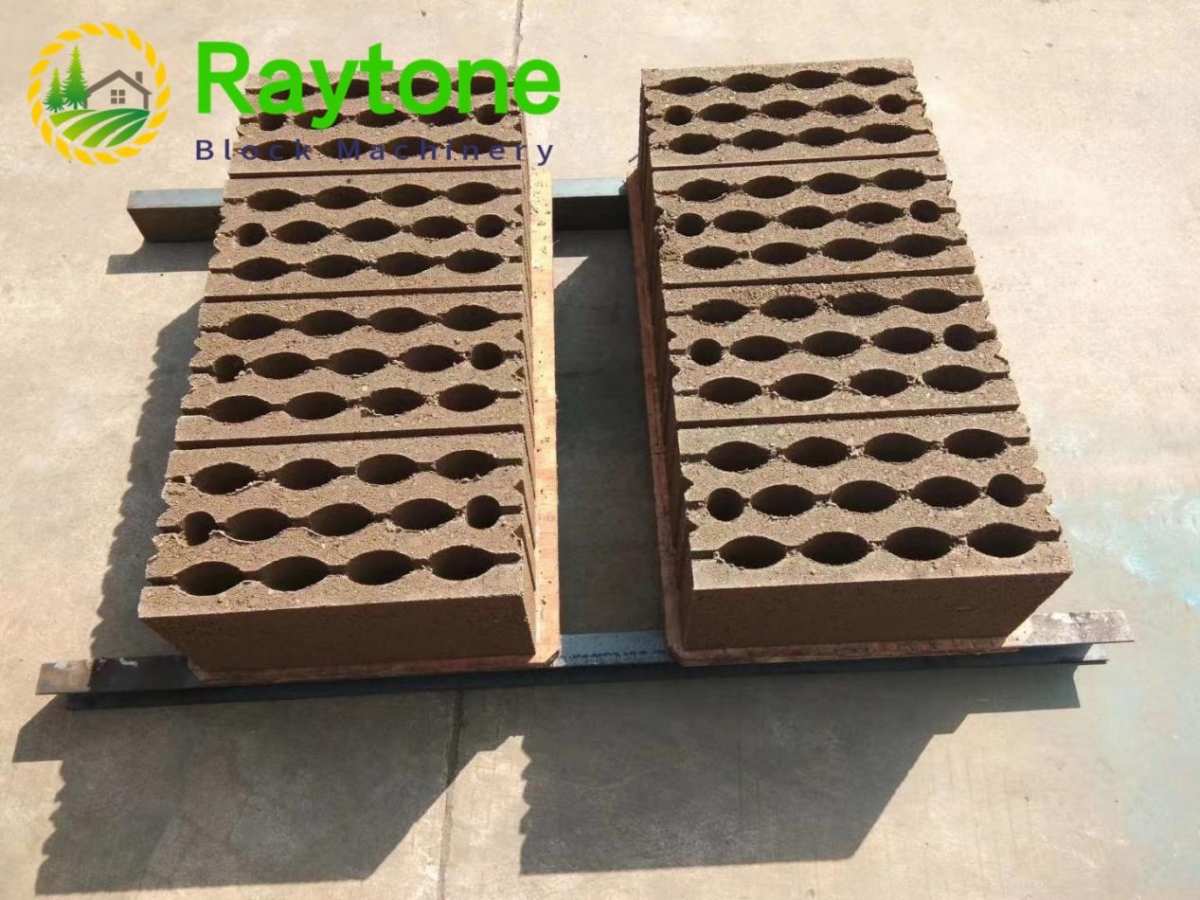
11.Is a centroid head and block machine easy to operate?
We have established long-term and stable partnerships with our suppliers, so we have great advantages in price and cost and quality assurance.
Yes, most block machines are designed to be easy to operate. Many modern block machines are automated and require minimal operator input. However, some block machines may require more operator input and knowledge to operate correctly.
12.Are there any design limitations when using a centroid head and block machine?
Yes, there are several design limitations when using a block machine. These include the size of the blocks that can be produced, the type of material that can be used, the speed of production, and the amount of force that can be applied to the blocks. Additionally, the block machine may not be able to produce blocks with intricate designs or shapes.

13.How does the cost of a centroid head and block machine compare to traditional building materials?
We focus on our customers’ needs and strive to meet their expectations, so we take this very seriously.
The cost of a block machine is typically much higher than traditional building materials. Block machines are typically used to produce large quantities of blocks, which can be expensive to purchase in bulk. Additionally, block machines require specialized equipment and expertise to operate, which can add to the cost.
14.What types of blocks can a centroid head and block machine produce?
We adhere to the principle of quality first and have a complete production quality management system and quality inspection process.
A block machine can produce a variety of blocks, including concrete blocks, cinder blocks, interlocking blocks, retaining wall blocks, and paving blocks.
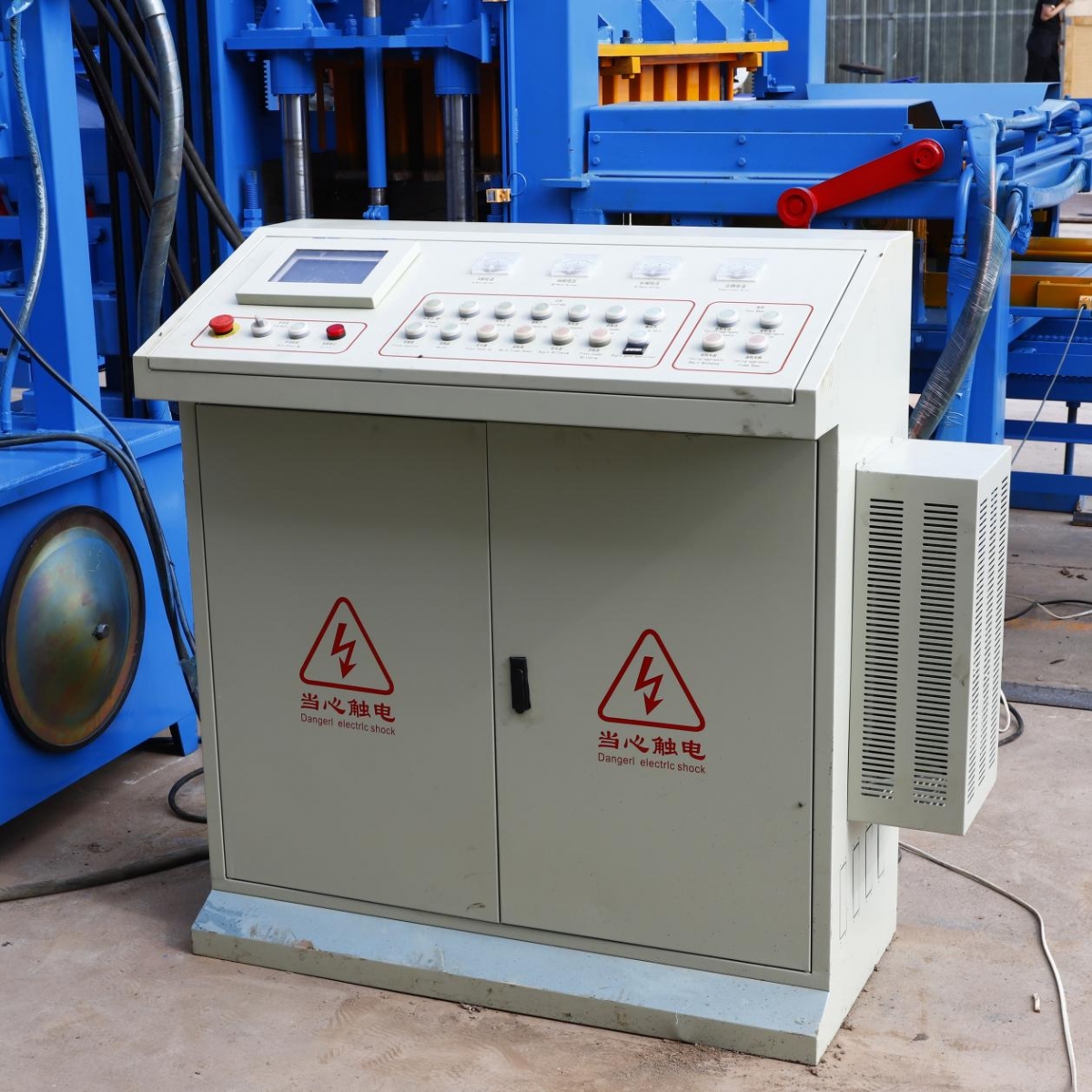
15.Are there any environmental concerns related to the production of blocks with a centroid head and block machine?
Yes, there are environmental concerns related to the production of blocks with a Block machine. The production of blocks with a Block machine can produce dust, noise, and air pollution. Additionally, the production of blocks with a Block machine can also lead to the depletion of natural resources, such as sand and gravel, which are used in the production process.
16.How does a centroid head and block machine handle different types of soils?
A block machine is designed to handle a variety of soils, including clay, sand, gravel, and other aggregates. Depending on the type of soil, the machine may need to be adjusted to ensure the blocks are formed correctly. For example, if the soil is clay-based, the machine may need to be adjusted to increase the pressure and vibration to ensure the blocks are formed correctly. Additionally, the machine may need to be adjusted to ensure the blocks are formed with the correct amount of moisture.
